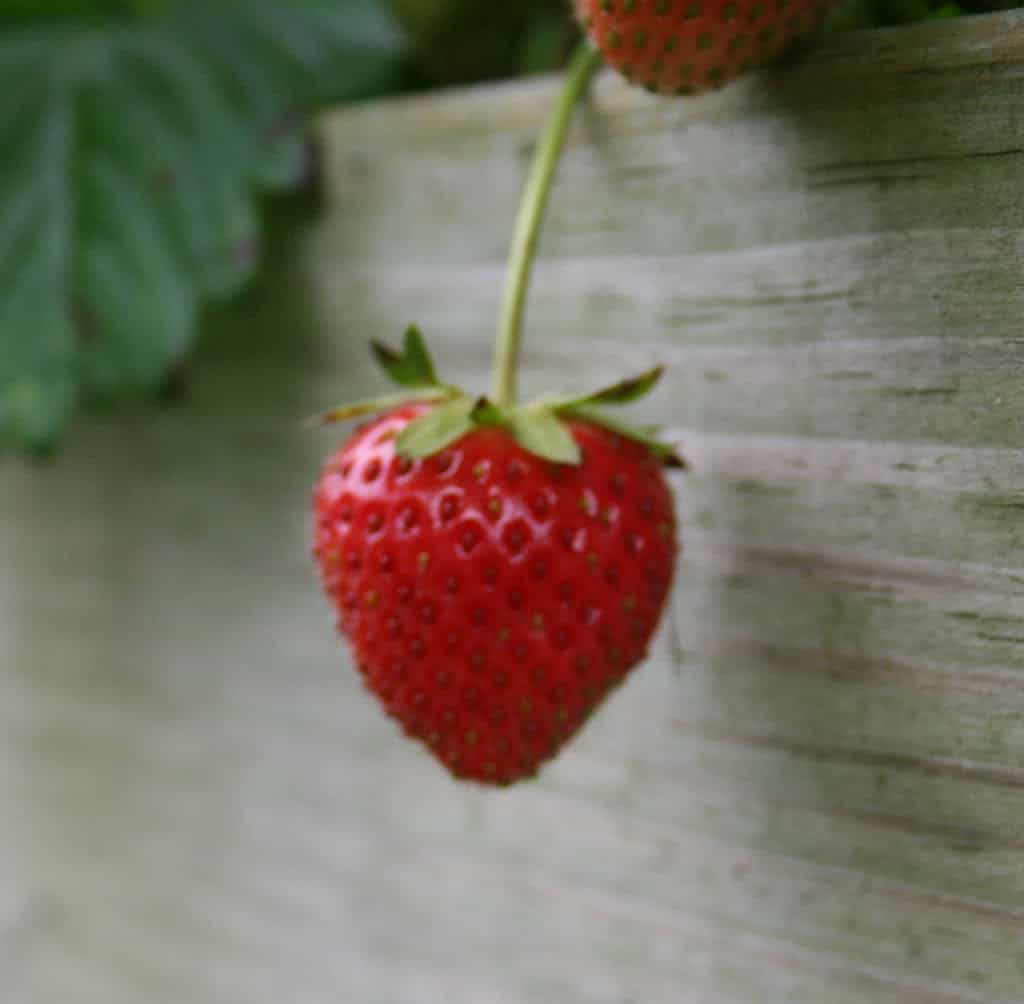Strawberry garden care includes removing winter mulch, transplanting runner plants, and weeding around the plants.
Strawberry Garden Care
Strawberry garden care and spring strawberry garden clean up is an important part of raising strawberries. Whenever you plant a bed of strawberries, you can expect some clean up each year.
- Next, I weed the bed thoroughly. I’m always amazed at how prolific the weeds are around here. We had a mild winter in Virginia, and the strawberry bed grew an array of weeds. I removed big clumps of clover, grass and a bunch of the yucky stuff.
- My next step in spring strawberry garden clean up is to look for plants that need to be moved. Strawberries multiply by putting our runners called stolons. “Daughter” plants develop along the runners and set down roots. Each parent plant is called a mother plant. It’s safe to dig up the daughter plants in the spring and move to them to another, a less crowded section of the garden. Give your strawberries plenty of room and they’ll reward you with new plants to replace older ones that die out.
- Lastly, I fertilize my strawberries with a top dressing of compost. I mix it into the soil a bit and make sure to keep the plants well-watered throughout the spring. Good water supply ensures good berries, and my plants repay my work with abundant flowers. My mouth is already watering at the thought of the berries to come.
I planted ever-bearing strawberries here at Seven Oaks, which means I usually get smaller harvests from May through June and a second crop in the fall. The berries are smaller than the June-bearing kind, but I’m fine with that. I eat them raw, just washing them off and trimming the stems, and they’re always delicious. You don’t need any sugar when you grow your own strawberries!






Good strawberry info. I’m hoping for lots of daughter plants so I can replenish my bed. I agree with no sugar needed on home grown berries. Yummy!